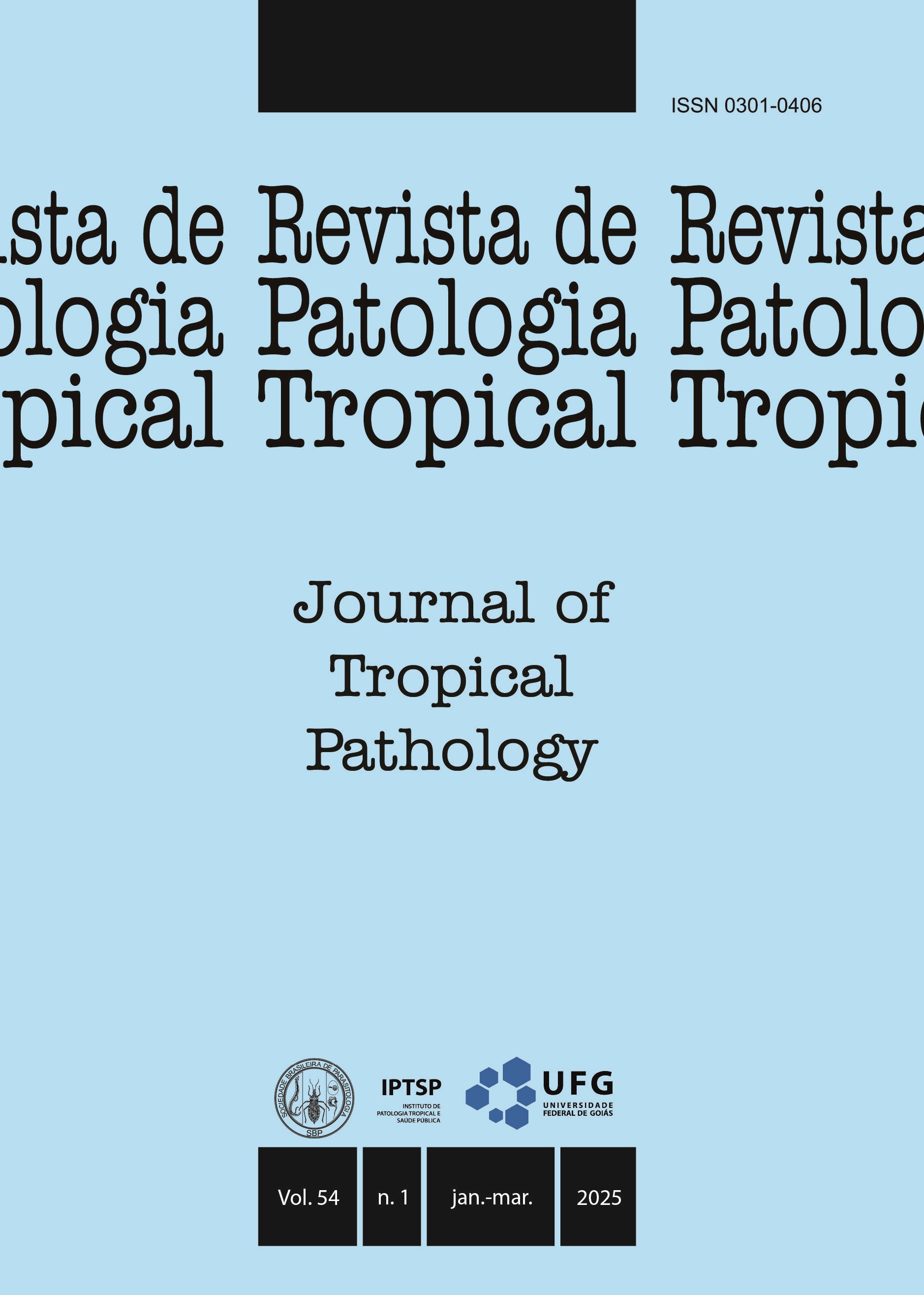What is the best protocol for diagnosing syphilis in pregnant women and newborns?
DOI:
https://doi.org/10.5216/rpt.v54i1.80974Resumo
Syphilis is a systemic disease caused by Treponema pallidum and may be diagnosed using treponemal and non-treponemal tests. In order to verify the concordance of the rapid test for syphilis in pregnant women and newborns, when compared to the venereal disease research laboratory test (VDRL) and the need for confirmatory tests, a study was carried out in a public hospital in the north of Espírito Santo. To analyze the pregnant women, rapid tests and the VDRL test were applied. If one or both tests were positive, the confirmatory T. pallidum hemagglutination test (TPHA) was applied. The results indicated that 146 (52.9%) out of the 276 samples tested positive for both methods (VDRL and rapid test). In total (276), 91 (33.0%) samples were positive for the rapid test, and 55 (19.9%) samples were positive for VDRL. Out of the 91 reactive samples for the rapid test, 53 (58.2%) were positive for both tests, and 38 (41.7%) were positive only for the rapid test. Of the 55 VDRL positive samples, 53 (96.4%) were positive for both tests, and only two samples (3.6%) were positive solely for VDRL. Additionally, three rapid test samples were classified as inconclusive by the testing team, with one (1.1%) of them being positive in the VDRL examination. On the other hand, 89 samples (32.2%) remained positive when the confirmatory test was carried out, and 35 (39.3%) of the pregnant women whose syphilis diagnosis was confirmed by the TPHA were positive only for the rapid test. The VDRL and TPHA tests were applied to newborns, and 61.0% and 97.6% (25 and 40 individuals, respectively) were positive. The results indicate that there is a need to adjust the diagnostic procedure for newborns and that the implementation of the rapid test in prenatal care can provide early access to the diagnosis and treatment of syphilis in pregnant women and their sexual partners.
KEY WORDS: Congenital syphilis; comparison test; prenatal; rapid test; VDRL; indirect hemagglutination-T. pallidum hemagglutination test
Downloads
Downloads
Publicado
Como Citar
Edição
Seção
Licença
The manuscript submission must be accompanied by a letter signed by all authors stating their full name and email address, confirming that the manuscript or part of it has not been published or is under consideration for publication elsewhere, and agreeing to transfer copyright in all media and formats for Journal of Tropical Pathology.

